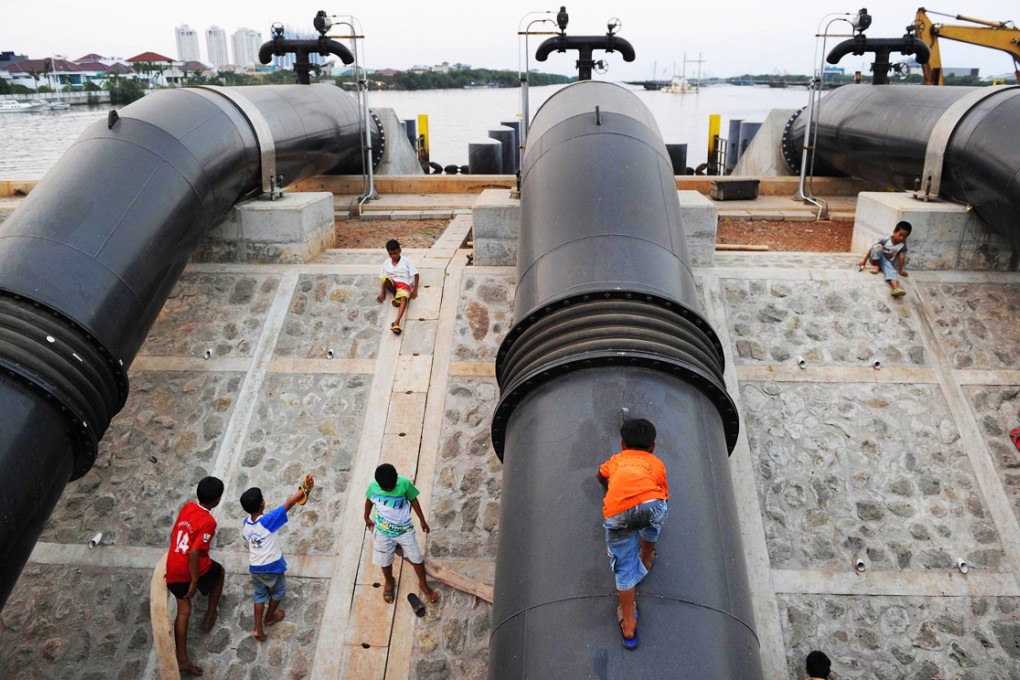Is Jakarta's great sea wall doomed to fail before it even starts?
Some fear that multibillion-dollar plan to combat flooding will never be realised in a nation with a history of corruption and failed megaprojects

A multibillion-dollar scheme to build a huge sea wall to combat flooding in Jakarta has some wondering whether such an ambitious plan will ever be completed in a country with a history of corruption and failed megaprojects.

While the aim is to prevent floods, it is hoped up to one million people will live and work on the islands, and help take pressure off a crowded city notorious as one of the world's most uninviting urban sprawls.
Supporters of the project, which officially got under way last week and is run by the Indonesian government with help from Dutch experts, say it is the only long-term solution.
"It's a life-and-death situation," said Purba Robert Sianipar, a senior economics ministry official with a key role in the project, adding hundreds were at risk of losing their lives from severe flooding if action was not taken.
However, some wonder whether it will ever be completed, given Indonesia's bad record on infrastructure projects, such as a plan to build a monorail in Jakarta that was embroiled in a storm of corruption six years ago.